Note: A friend noted that what I’ve been saying here can be mostly applied even for web-shopping online from Chinese or Western vendors alike. I suppose that’s sort of true.
Let’s say you’ve gone through the hassle of finding a shop, sitting down, finding a tea you want to try, and didn’t get jasmine pushed on you in the process. Now what?
Well, presumably, they will now brew you the tea. So far, so good. There are a number of things to be aware of, at least. I’ll list them
1) The brewing vessel – while I only use pots for my own consumption, when trying a tea I will usually ask them to use a gaiwan, because a gaiwan is more neutral, it makes it easier to compare different teas, and is basically a “fairer” way to taste tea than using a pot. With pots, there are simply too many variables involved. This is especially true if you’re going to a shop you’ve never been to before and know nothing about. Get them to use a gaiwan.
2) Water – what kind of water are they using, and how hot is the water they’re brewing with? All vendors in China use some kind of bottled/delivered water. What they use can make a big difference. This isn’t usually something you can do anything about, but it’s a good thing to be aware of. Check out the bottle they’re using if you can see it. If not and if you can speak, ask. Some places use cheap Nestle purified water, which is pretty bad for tea. Others use things like Nongfu shanquan, which may or may not be ok, depending on which source it’s from. Water in China is a big issue – and will change how you perceive the tea.
Another thing about water is the temperature at which they’re brewing with. These days, especially with a lot of puerh vendors, they will often brew teas for you at less than boiling temperature. This produces a much thinner, but sometimes more fragrant and certainly less offensive tea (bitterness etc). I personally find that to be rather bad for tasting when trying to evaluate whether or not to buy a tea – I want to know what’s in it, not what the person making it for me produced. So in some ways, the standard 5 minute competition steep is the best way, but most vendors are not equipped for that and you’ll have a hard time getting them to set it up right. Normal gaiwan brewing using boiling water is usually the best you can hope for.
3) The ABA trick – if you’re in a non-puerh shop, and you’re trying the teas, be careful of what they’re serving you. A trick I’ve heard some stores have used is the ABA trick – they only really have two (or three) versions of the same tea. They will show you A, then B, then you’re back to A, but you aren’t aware of it because they changed the parameters slightly, and besides, the last time you tried A was over half an hour ago and it was the 10th infusion. You forgot what it’s like already, especially since they’re now telling you it’s 300 RMB more than the A you tried earlier (taken out of a different canister, of course). For some teas, like yancha, this can be hard to spot, especially if you’ve been involved in a tasting marathon.
4) Similarly, an easy way to upsell you on a tea is to serve you something bad first. All of a sudden, what you’re having now is so much better – it’s a great tea! Except, it isn’t. It’s just something mediocre, but in comparison, it’s really much better than that first thing you had. So, you buy it, thinking it’s a top grade whatever. Buyer beware – you can only avoid falling into this trap if you’re really familiar with the entire style and also the different possibilities that exist. If you’re a tourist who doesn’t frequent the markets too often, it’s very easy to overpay for mediocre tea this way. I’ve had stuff from Western vendors that were clearly bought on premises like this – they think they got something top notch, when in fact it’s not.
So what do you actually look for? Well, for one, it really helps if you’re intimately familiar with the type of tea you’re trying to buy. This is sort of like people’s advice for buying stereo speakers – you want to bring music of your own that you know really well to give the speakers a test run, so you can see how the speakers are performing. Likewise, if you have a few teas in your current collection that you can refer to, mentally, while tasting, then you will be in a much better position to judge what’s being offered in front of you. If you’re trying to buy a type of tea that you’re not familiar with – don’t. Your chances of buying a dud is infinitely higher, unless you don’t mind overpaying.
In general, any marketing-speak from the vendor can be ignored. Almost all pieces of information they provide you are designed to get you to buy the tea, so listen but don’t pay too much attention. If someone tells you this tea is something rare, it’s gushu, it’s 2003 vintage, it’s from this special area in this remote mountain – ok, sure, brew me and we’ll see. In a country with fake table salt (and every other food item you can name), too much caution is not a bad thing.
There are a few etiquette things worth mentioning – in general, if other guests are present at the store (whom you don’t know) refrain from commenting on the tea, especially negative comments. You can hate it and think it’s trash, but there’s no need to do it in front of other people who are not running the shop, especially when you don’t know their relationship. It’s safer to do that when the person brewing the tea for you is alone – one reason I suggested not to bother going into stores with people already in them. Smoking might be ok, depending on the shop, but it’s best to ask. Taking phone calls are rarely a problem. Walking away is ok too if you decide you don’t like the shop or the teas, but be nice about it – there’s sometimes some pressure to buy, but if you’re at a tea market, they also know that you’re surrounded by hundreds of shops. Even if you think they’re trying to scam you – thank them, and go away.
 There’s a few hundred thousand USD in this cabinet here. But in case this is a bit too rich for your blood, you can get something a little more suited for the commoner among us.
There’s a few hundred thousand USD in this cabinet here. But in case this is a bit too rich for your blood, you can get something a little more suited for the commoner among us. Or maybe this version is clearer?
Or maybe this version is clearer? Finally, a really beautiful bug dropping tea.
Finally, a really beautiful bug dropping tea. It’s better than the one I have – after all, what you get out of it depends on what you put in, and in this case, it’s pretty obvious the input for this tea is better than the input for the one I had. It’s very, very fragrant, with a good medicinal taste and just really sweet. Lovely stuff.
It’s better than the one I have – after all, what you get out of it depends on what you put in, and in this case, it’s pretty obvious the input for this tea is better than the input for the one I had. It’s very, very fragrant, with a good medicinal taste and just really sweet. Lovely stuff.


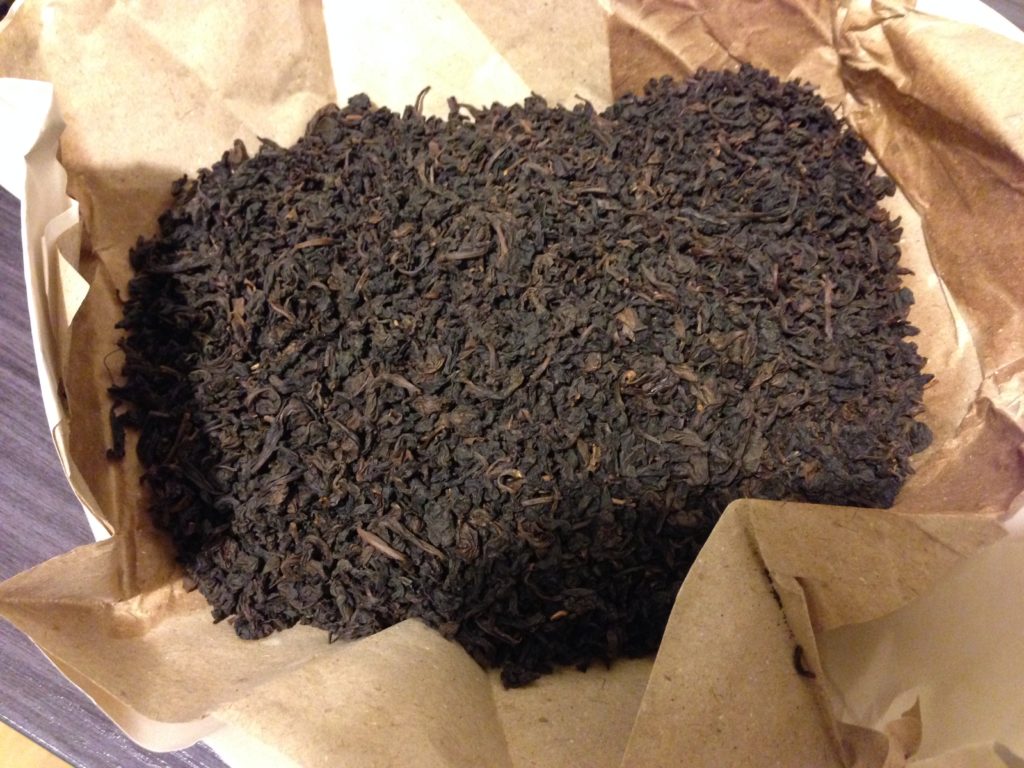
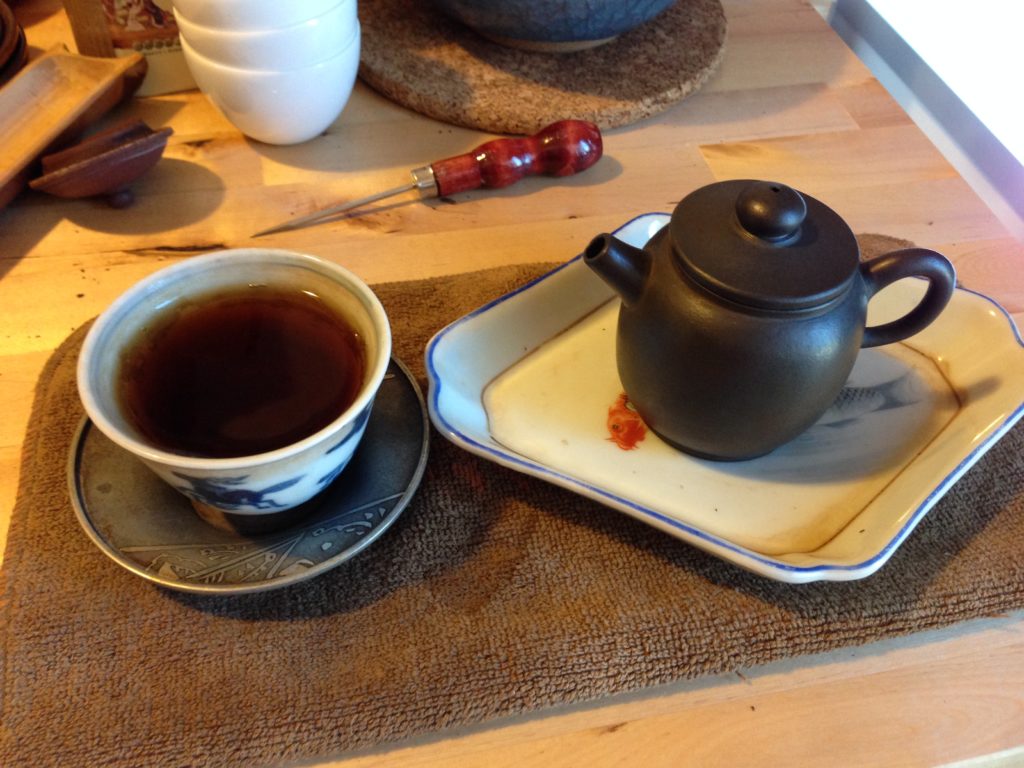
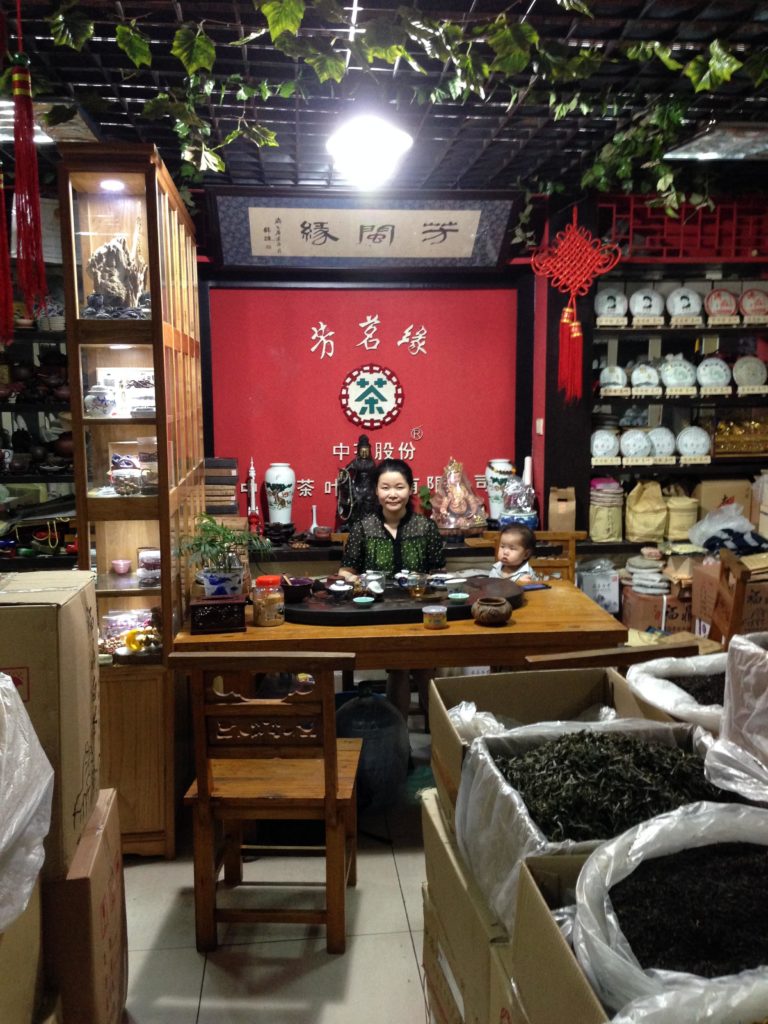
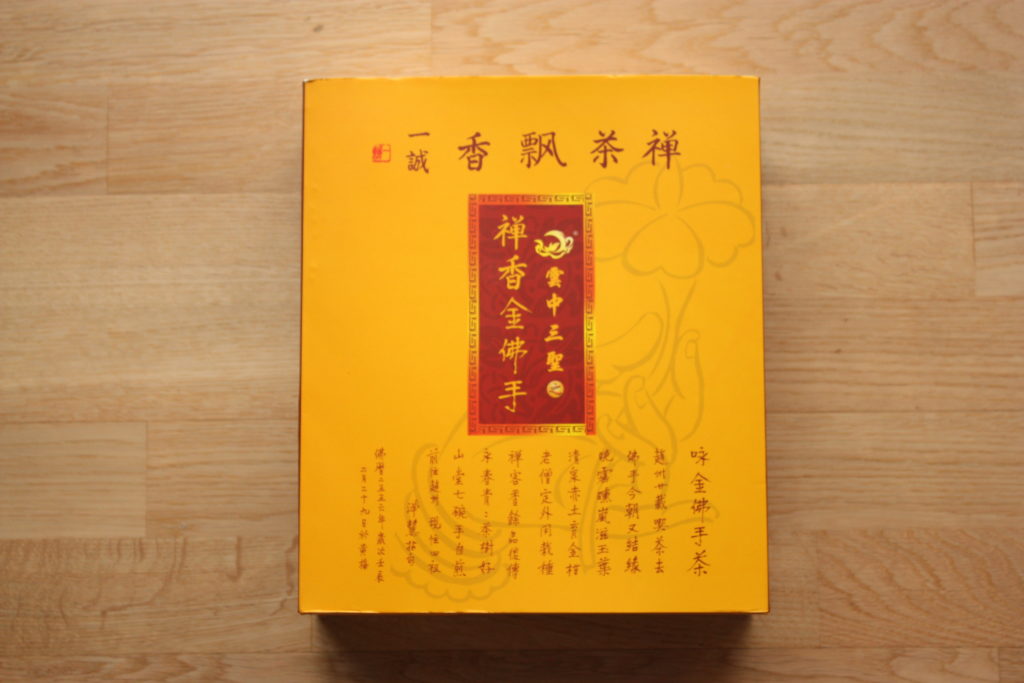
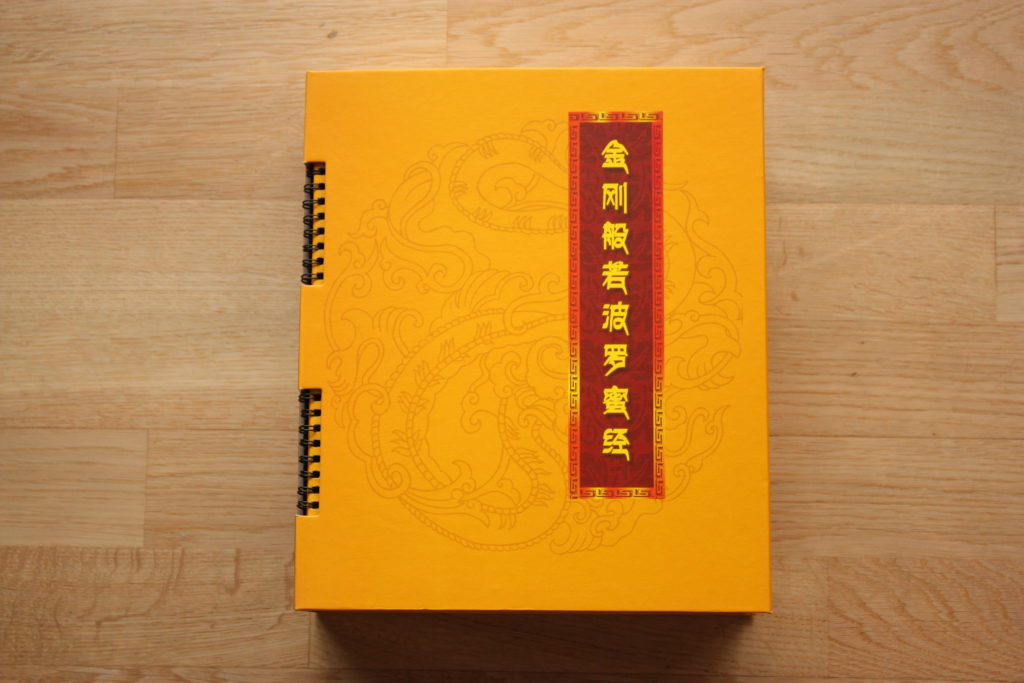
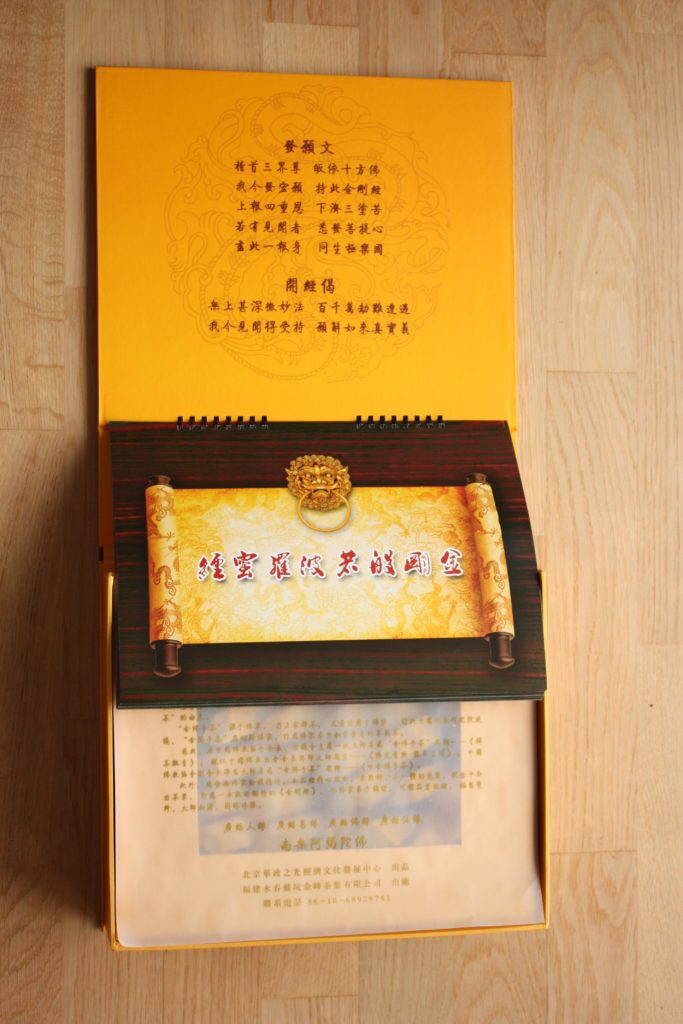
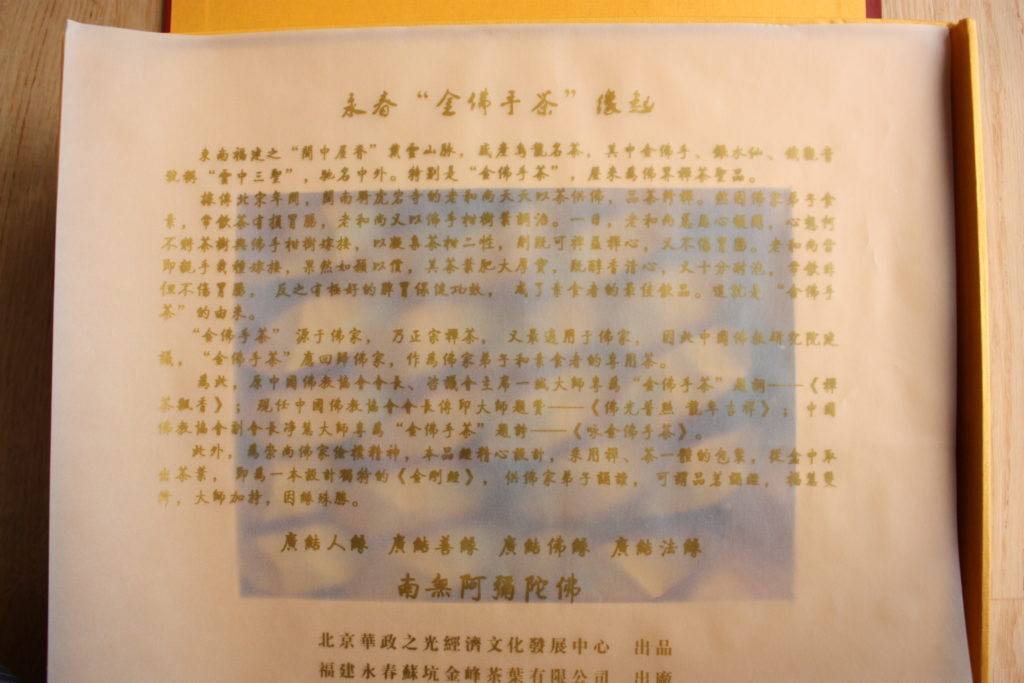
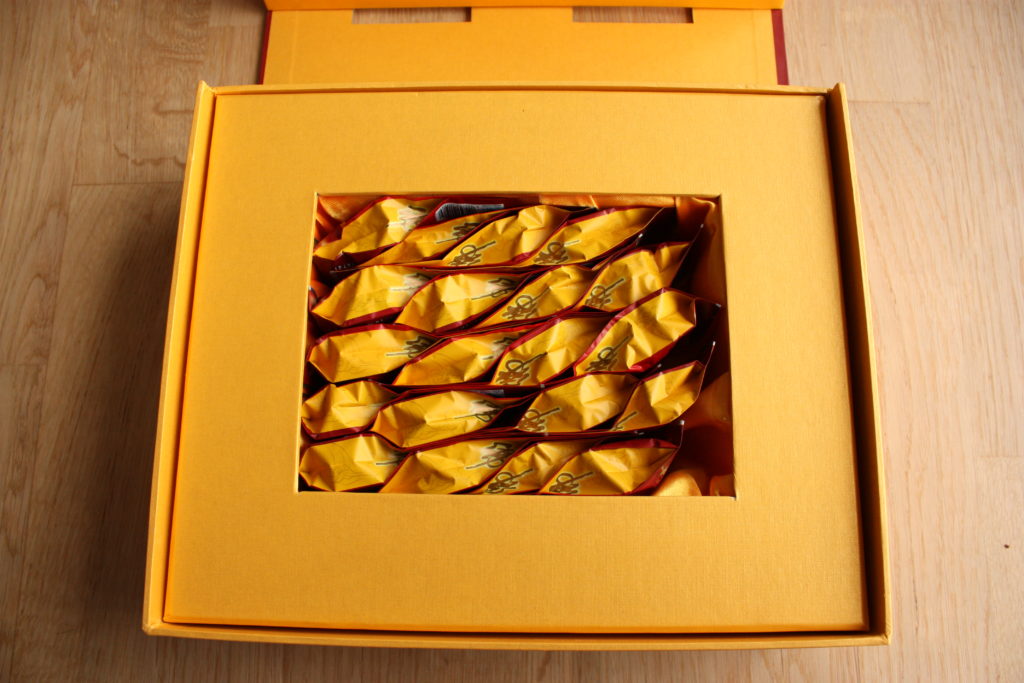
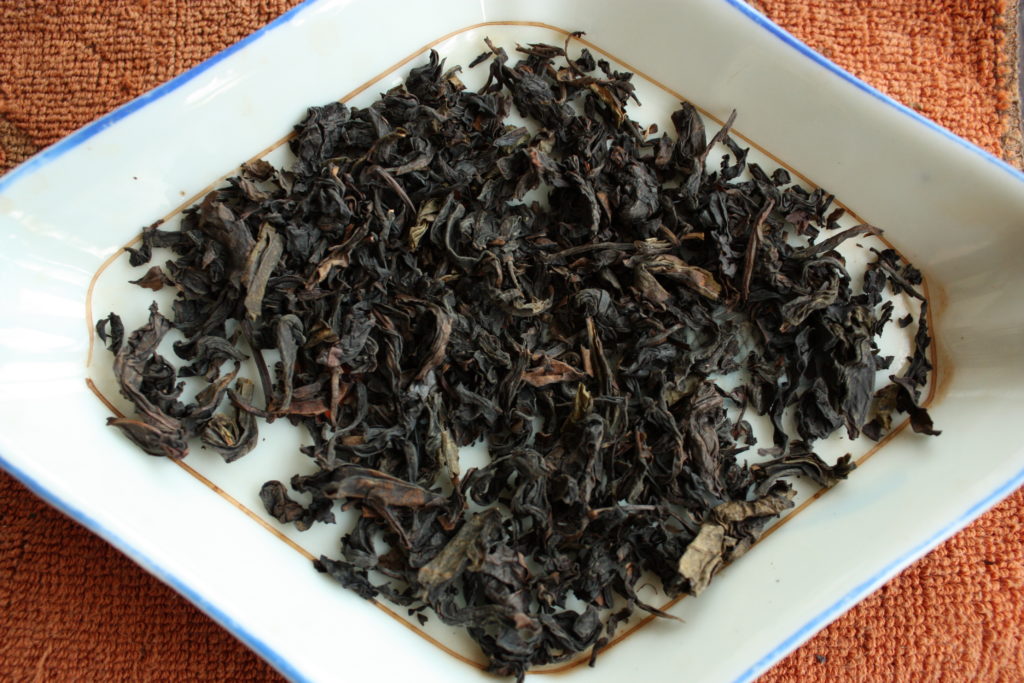
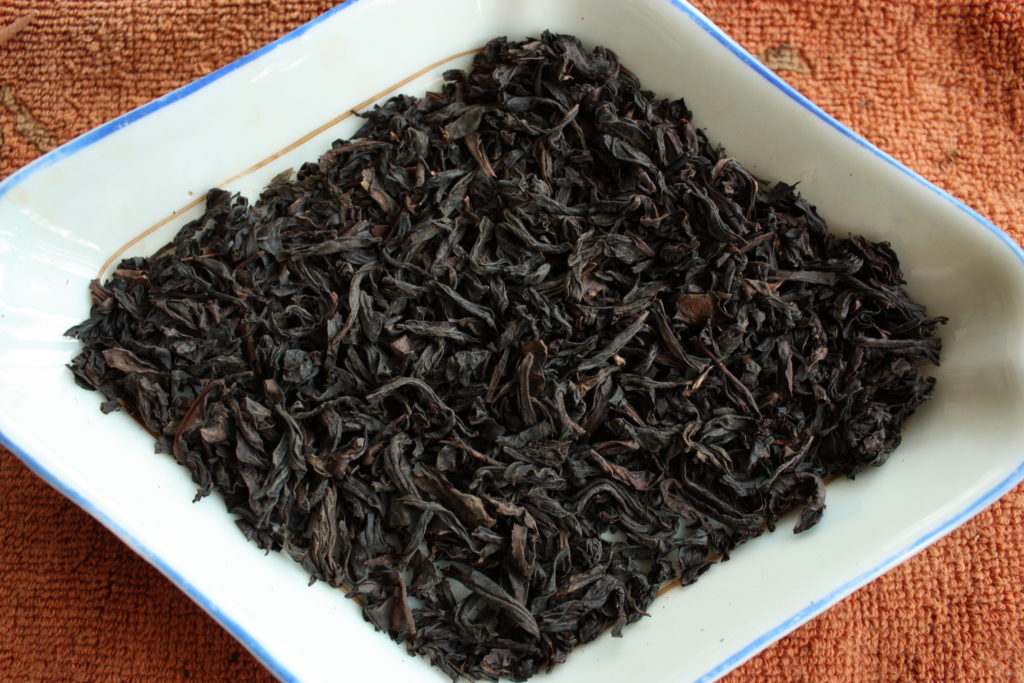
 RSS - Posts
RSS - Posts
Interesting.... would 250C in my oven work?